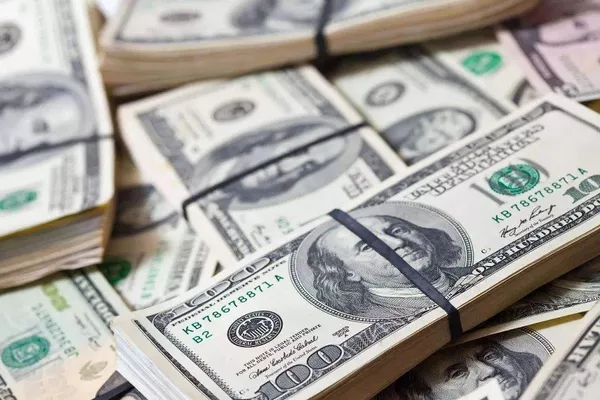The fluctuating exchange rate of the Pakistani rupee against the US dollar has become a subject of concern for individuals and businesses alike. In recent years, Pakistan has witnessed a consistent increase in the value of the dollar, leading to a high exchange rate. This article aims to explore the multifaceted reasons behind the high dollar rate in Pakistan, shedding light on both internal and external factors that contribute to this phenomenon.
Balance of Payment Issues
One of the primary reasons behind the high dollar rate in Pakistan is the country’s persistent balance of payment deficit. Pakistan imports more goods and services than it exports, resulting in a constant outflow of foreign currency reserves. The imbalance puts pressure on the rupee, causing it to depreciate against major currencies like the US dollar.
Economic Instability and Uncertainty
Pakistan has faced economic instability over the years, characterized by low GDP growth, inflationary pressures, fiscal deficits, and an inadequate tax base. These factors create an environment of uncertainty, discouraging foreign direct investment (FDI) and capital inflows. As a result, there is a reduced demand for the Pakistani rupee, further driving up the dollar rate.
Inflationary Pressures
High inflation rates affect the purchasing power of the local currency, making imports more expensive. Pakistan has struggled with persistent inflation, which erodes the value of the rupee and contributes to the high dollar rate. When inflation rises, investors and traders seek refuge in more stable currencies like the US dollar, further exacerbating the demand-supply gap.
Political and Security Challenges
Political instability and security concerns directly impact investor confidence. Pakistan has experienced periods of political turmoil, governance issues, and security challenges, all of which deter foreign investment. Investors tend to shy away from economies facing uncertainties, leading to a reduced inflow of foreign currency and an increased demand for the US dollar.
Limited Export Base
Pakistan heavily relies on a few export sectors, such as textiles and agriculture. The lack of diversification in exports restricts revenue generation from other sources, putting strain on the country’s foreign exchange reserves. Without a significant increase in export earnings, Pakistan struggles to bridge the trade gap, leading to a higher dollar rate.
External Debt Burden
Pakistan’s external debt burden is another critical factor contributing to the high dollar rate. The country has faced challenges in servicing its external debt obligations, which necessitates borrowing from international financial institutions. As a result, Pakistan’s debt liabilities increase, and the demand for dollars to repay these loans rises, further driving up the dollar rate.
Speculation and Lack of Forex Reserves
Speculative activity in the foreign exchange market can significantly impact currency valuations. In Pakistan, speculators take advantage of economic uncertainties to manipulate the currency market, leading to further depreciation of the rupee. Additionally, insufficient foreign exchange reserves limit the Central Bank‘s ability to stabilize the currency, allowing speculation to influence the exchange rate.
Interest Rate Differentials
Interest rate differentials between Pakistan and major economies like the United States affect currency flows. When interest rates are higher in Pakistan compared to the US, it attracts foreign investors seeking greater returns. However, due to the country’s economic instability and inflationary pressures, the interest rate differential remains unfavorable, discouraging capital inflows and creating demand for the US dollar.
Conclusion
The high dollar rate in Pakistan stems from a combination of internal and external factors that contribute to economic instability and uncertainty. A persistent balance of payment deficit, limited export base, political challenges, inflationary pressures, and external debt burden all play a role in the devaluation of the Pakistani rupee. Addressing these issues requires comprehensive measures, such as improving the investment climate, promoting export diversification, reducing fiscal deficits, and enhancing governance. By addressing these challenges, Pakistan can work towards stabilizing its currency and fostering a more favorable exchange rate environment.
Related Topics:
- A Overview of the Impact of Federal Reserve Interest Rate Hikes on the US Dollar
- The Future of Gold: A Potential Outlook if the Dollar Collapses
- Can You Use Dollars in Mexico? Currency Options for Travelers


